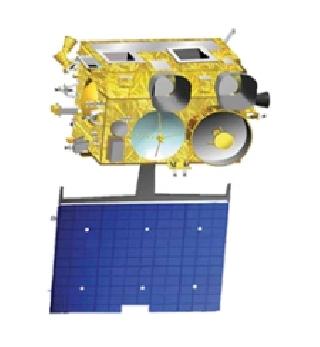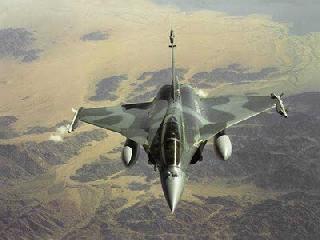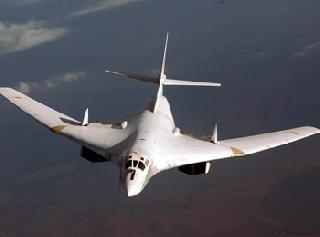
The INSAT-3D. An ISRO photo
BANGALORE (PTI): Two days after its launch, INSAT-3D, India's advanced weather satellite, on Sunday reached an intermediate orbit which is much closer to the 36,000 km high geostationary orbit -- its final orbital home, Indian Space Research Organisation (ISRO) said.
The INSAT-3D was launched by Ariane-5 launch vehicle in the early hours of July 26 into a Geosynchronous Transfer Orbit with a perigee (nearest point to earth) of 250 km and an apogee (farthest point to earth) of 35,923 km.
The inclination of INSAT-3D's orbit with respect to the equatorial plane was 3.495 deg.
Following this, two major orbit raising manoeuvres were performed on INSAT-3D from ISRO's Master Control Facility (MCF) at Hassan in Karnataka on Saturday and Sunday by firing the satellites Liquid Apogee Motor (LAM).
In the critical first orbit manoeuvre performed Saturday, INSAT-3D's LAM was fired for 65 minutes. As a result, its perigee rose to 15,780 km while the apogee was at 35,800 km.
Besides, the inclination of the satellite's orbit with respect to the equatorial plane reduced to 0.67 deg and the orbital period (time taken by the satellite to revolve round the earth once) reached 15 hours and 57 minutes.
In the second orbit raising manoeuvre performed on Sunday, the satellite's LAM was fired for 24 minutes and the perigee further rose to 31,800 km while the apogee was at 35,795 km, ISRO said in a statement.
The inclination of the satellite's orbit has further reduced to 0.02 deg. The satellite's present orbital period is 22 hours and 15 minutes, which is closer to the 24 hour orbital period of a satellite in the geostationary orbit.
"The third orbit raising manoeuvre of INSAT-3D is scheduled tomorrow (Monday) to take it to the near geostationary altitude of about 36,000 km," ISRO said.
 Previous Article
Previous Article Next Article
Next Article












The Indian Air Force, in its flight trials evaluation report submitted before the Defence Ministry l..
view articleAn insight into the Medium Multi-Role Combat Aircraft competition...
view articleSky enthusiasts can now spot the International Space Station (ISS) commanded by Indian-American astr..
view article